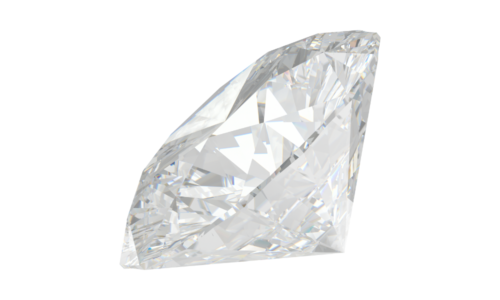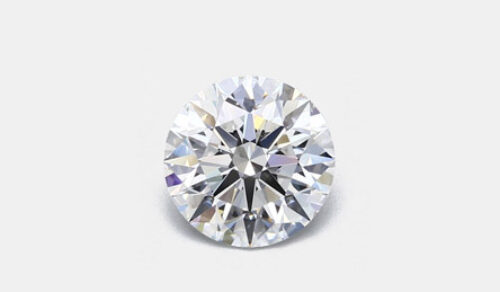What consequence does adding investment diamonds have?
- Investment portfolios for developed countries (outside of the United States): the expected return was 11% here, so higher than the 7% market return. The risk was better too: this also amounted to 11%, or 2% below the 13% market risk. However, if diamonds were invested in too, the total risk would only amount to 4.3%, so a great deal less than the market risk. In that case the expected return was 7%, or in other words, the same as the market.
- Investment portfolios for the United States: the total risk amounted to 3.5% without diamonds and with diamonds it was 3.2%. So a minor difference, but in both cases the risk was lower than the market risk, which amounted to 13%. The expected return was twice 7%, or the same as the market return.
- Investment portfolios for emerging markets: the total risk was 24% if no investments were made in diamonds. If investments were made, the risk would be 7.2%, so significantly lower than the 36% market risk. The expected return amounted to 14% in both cases, just like the market return.
The diamond effect demonstrated!
It goes without saying how these portfolios performed are no guarantee for the investments you make today. We therefore won’t be issuing investment advice based on this. However, what we would like to demonstrate is the crystal clear positive effect diamonds have on the risk.
The first portfolio for developed countries (outside of the United States) already resulted in higher returns for less risk without diamonds, compared to the market. After all, the investments were spread across three countries and three companies from different sectors. But add the diamond into the equation and that same market return is earned at a still relatively lower risk.
Both portfolios for the United States resulted in the same expected market return, but each at a lower risk than the market. The risk difference with or without diamonds was negligible.
Investments in the BRIC countries always meant an increased risk at the time. But the portfolio with diamonds was much less risky than the market, for the same eventual returns.
This is naturally only the beginning
The combination of shares and diamonds, like in the Norwegian study, is only the very start of diversification. You would be best off also investing in other asset classes and in several economic sectors and regions in order to optimally spread out your investment portfolio. Your investments should also be spread out over time, for example per month or quarter. And monitor whether the assets are actually evolving independently.
Optimal investments, in order to realise an expected return at a desired risk, is by no means a simple process. You need to know exactly what your investment products entail in order to realise optimal diversification, making sure you can detect any possible relationships. Plus it’s important for you to invest in asset classes which together will result in the required risk and return. One investment may be riskier than the next, but could possibly also result in a higher return. So what is the right combination?
Make sure you obtain advice from the bank in order to answer that question, unless investments are a daily passion of yours. The bank may possibly suggest opting for certain investment funds. These products will invest in several companies, sectors, countries ... They will therefore be doing a great deal of the spreading work on your behalf.
Add the secret ingredient
But. There is one thing financial institutions won’t be adding to their portfolios and you are now familiar with its positive effect: the diamond. Investing in diamonds is best done via BNT Diamonds.
We can offer four investment options, always at sale prices which are unequalled within the market, thanks to our Smart Buy purchase philosophy:
- Make your own selection from our certified, top quality and guaranteed conflict-free diamonds, after which you can instantly order them online.
- Request a no obligation quotation, if you can’t find what you like online. You will receive a personalised proposal within 24 hours.
- Opt for a package of certified loose diamonds, customised in line with your investment requirements and budget.
- Or invest in specials, also known as exclusive, extraordinarily rare diamonds. Your best option here would be a long-term investment.
Convinced of the added value diamonds can offer for your investment portfolio? Then add these gemstones today, via our investment options.






